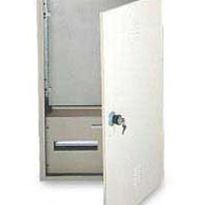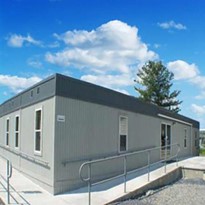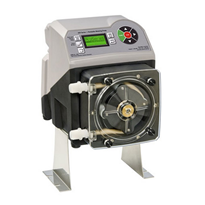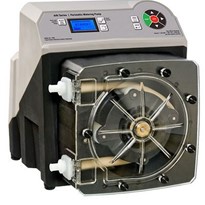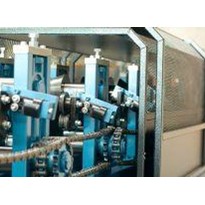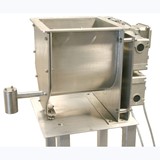A white paper "NABERS, Green Star, CBD, BCA and NMI: The Implications on Metering in Australian Commercial Buildings" provides an overview of the impact of regulations on metering.
While these regulations are all driving in the same direction, they are typically not completely aligned so it can be difficult to understand how they apply.
It relevant to building owners, consultants, sustainability managers, facility managers, electrical engineers, electrical contractors and mechanical services contractors involved in the construction or refurbishment of commercial buildings in Australia.
The white paper covers the following:
- What is NABERS, Green Star, CBD, BCA and NMI
- What terminology is used for metering and what are the definitions
- What considerations need to be given to metering
- What are the specifications and constraints on metering solutions for various situations
- What are the typical problems encountered with metering systems
- Where is the source material for further research on these topics.
Whilst there is a lack of documented evidence about this, off-the-record discussions with facility managers, NABERS assessors and other industry practitioners suggest the problem is significant, with many recounting stories of meters measuring the consumption of different tenants, meters being incorrectly wired or not communicating consumption correctly.
The issue was considered so serious that in 2009 the NABERS Administrator published a ruling that details how the accuracy of sub-meters must be verified before a rating can be achieved.
On the surface, this issue does not make sense – because most meters used in buildings are typically required to be accurate to within +1% or better. However the problem is rarely the meter itself. Instead, the problem is typically caused by poor installation and commissioning practices and this may have been influenced by the complex system design/architecture required to meet the various regulations.
Buildings are one of the largest energy users in the world, and also identified as one of the most cost effective industries to reduce greenhouse gas emissions, so naturally they attract a great deal of attention in the quest to reduce energy consumption and green house gas emissions.
In Australia, there are a number of federal, state and local government bodies – along with industry groups – that set laws, rules, codes, guidelines and programs (let's call them collectively Regulations) aimed at both protecting owners, tenants and occupants, as well as achieving sustainable reductions of energy usage in buildings.
National examples of these regulations include Green Star, NABERS, CBD (Commercial Building Disclosure), BCA (Building Code of Australia) and NMI (National Measurement Institute).
In addition, there can be other regulations to comply with, including requirements from particular states or local councils.
While these regulations are all driving in the same direction, they are typically not totally aligned, and the resulting complex combination of meters may be contributing to a perverse outcome where the output from meters is no longer trusted.
The paper aims to resolve the issue by providing a summary of the relevant laws, codes, programs and guidelines to enable cost-conscious and effective solution to be implemented that meets both legal and functional requirements.
Read the complete white paper





